All about responsible sun protection
September 20, 2020
What is the difference between sunscreen and sunblock?
Protect your skin, without damaging our oceans
Sun protection is something that those of us who live in the Caribbean cannot ignore. Although the climate is one of the main attractions of the destination, it also increases the importance of adding this barrier against the sun to our daily routine. Even so, this issue should not only be addressed before a visit to the beach. Knowing the necessary care and recognizing the different components on the labels of these products will facilitate the task of minimizing the risk of sun damage. Yes, the terminology is confusing, but among all the specialized products we can even find environmentally friendly options… time to meet them!
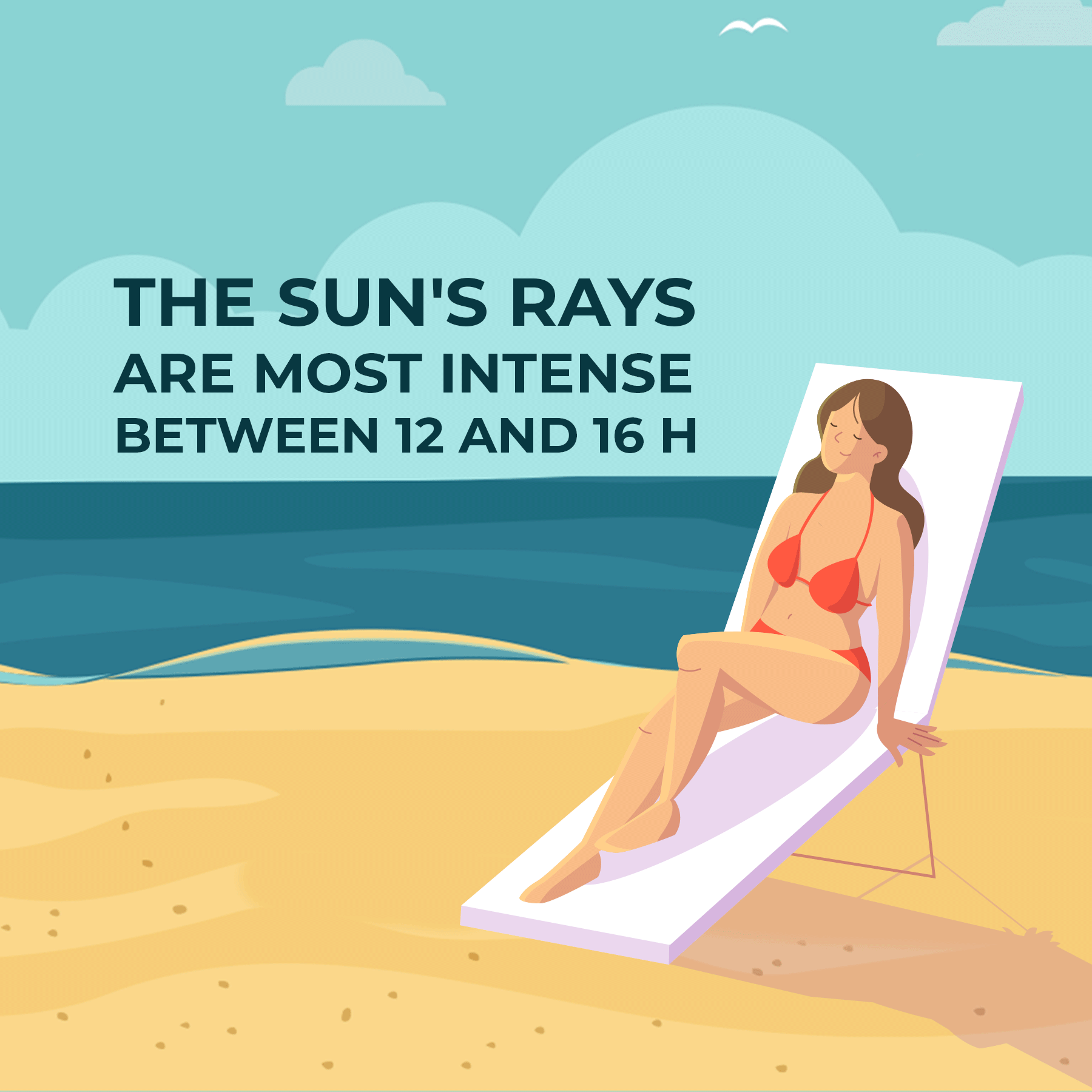
Let’s start with some fairly common statements/questions on the topic:
“I’m always at the beach and nothing has happened to me'
Today’s enviable tan may turn into tomorrow’s visit to the hospital. The sun destroys collagen and elastin fibers, so many of the sun’s effects will be noticeable only years later. Premature aging, skin cancer, permanent damage to the skin’s immune system and the genetic material of skin cells (DNA). Don’t take that risk! The intensity with which the sun’s rays hit us has intensified (the weakened ozone layer is no secret).
Have you ever heard someone say that they will go out in the sun to absorb “vitamin D”?
Well, according to the Spanish Academy of Dermatology and Venereology, 20-30 minutes of sun a day is enough for your skin to produce the essential vitamin D3. After this period of time, the radiation is basically harmful.
“I don’t plan to go out in the sun today, is it necessary to use sunscreen?'
Definitely yes! Solar radiation is reflected in the snow, in the sand, in the sea, on the pavement. Even on a cloudy day, the clouds reduce the sensation of heat, but the ultraviolet radiation keeps reaching our skin.
“But, seriously. I’m just going to be in my office, is it still necessary? “
If I had to guess, I’d say that means spending many hours in front of a computer or having a cell phone close to your face. Applying sunscreen should be the most important step in our daily routine, as well as hydration. The screens of cell phones, televisions or computers emit blue light. Michelle Henry, a New York dermatologist in an interview for the New York Times website, said that “Blue light damages the retina and destroys collagen through oxidative stress', being the proximity of our devices to our faces a large part of the problem. If we take care of our eyes with special glasses, why not our skin?
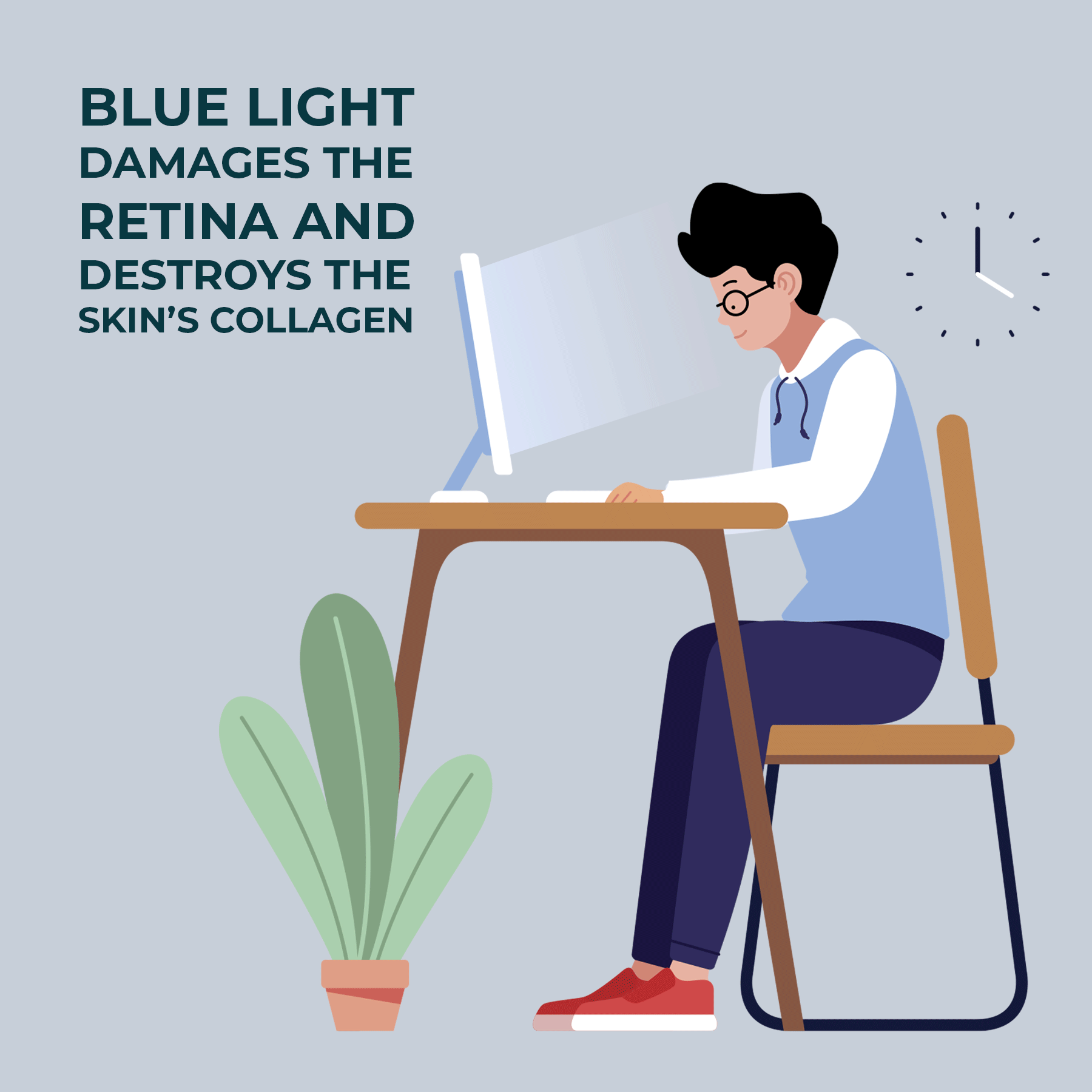
What to do?
- Change your cell phone to “night mode', warm up the tones on your screens.
- Look for mineral sunscreens with iron oxide (usually found in tinted sunscreen).
What’s the difference between sunscreen and sunblock?
Although it sounds like a “different but the same” type of situation, the level of protection they offer is different and to explain their main differences, we first need to formally introduce the bad guys of the story: ultraviolet (UV) rays, whose main natural source is the Sun; but more specifically, UVB and UVA rays.
- UVB: They are absorbed by the epidermis (the outer layer of our skin). They tan the skin and cause sunburn.
- UVA: These reach deeper layers of skin. They cause discoloration of the skin and have consequences such as premature aging and wrinkles (photodamage).
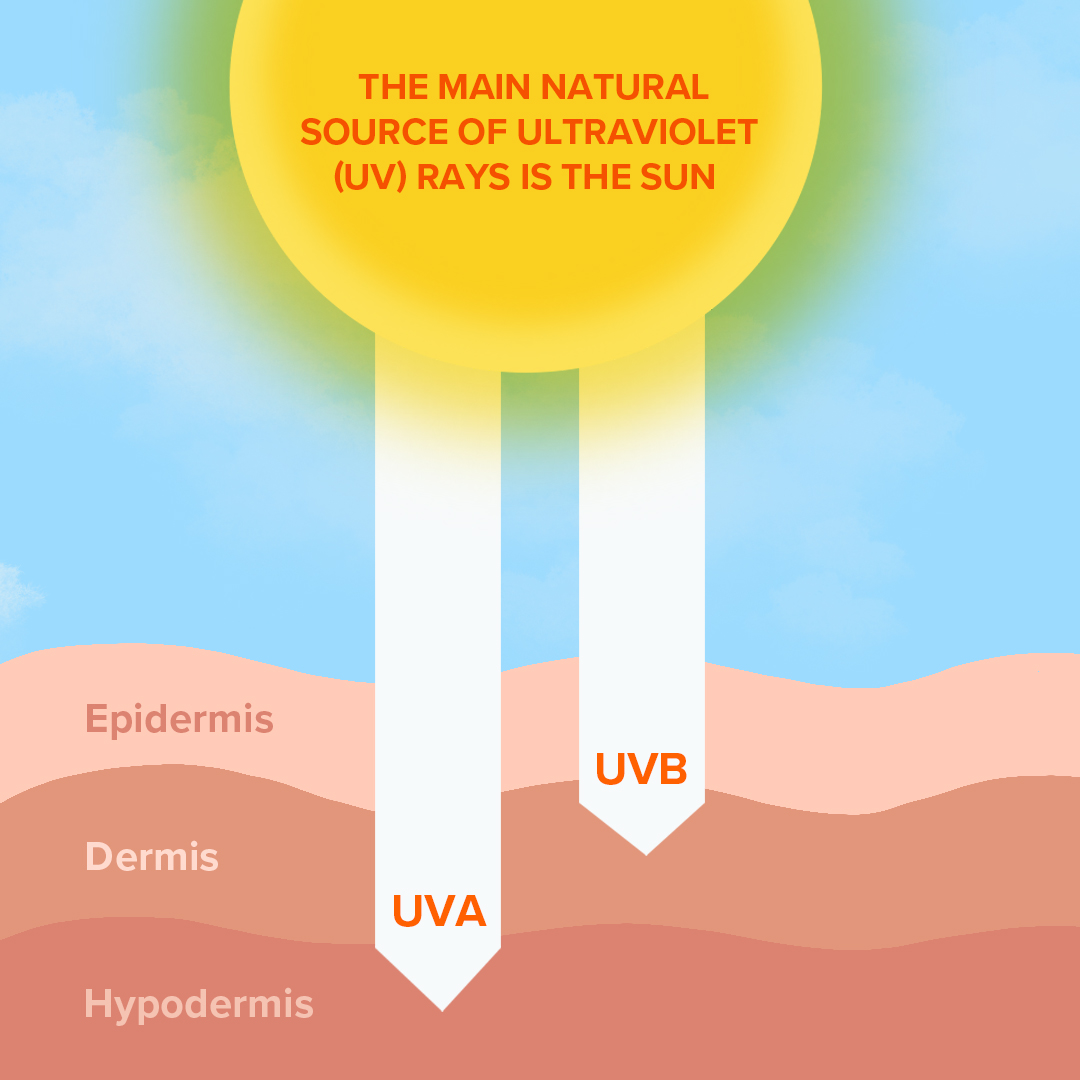
With that in mind…
Sunblock:
- Reflects the sun’s rays (UVA and UVB), creating a physical barrier.
- They are thick and sometimes leave a white cast on the skin.
Sunscreen:
- Chemical defense. Its components work to absorb harmful UV rays before they penetrate the skin.
- They protect against UVB rays, but not all offer protection against UVA radiation.
- Transparent and invisible, they need to be reapplied.
- The AAD (American Academy of Dermatology) says they can often cause sensitivity and allergies if they include insect repellent.
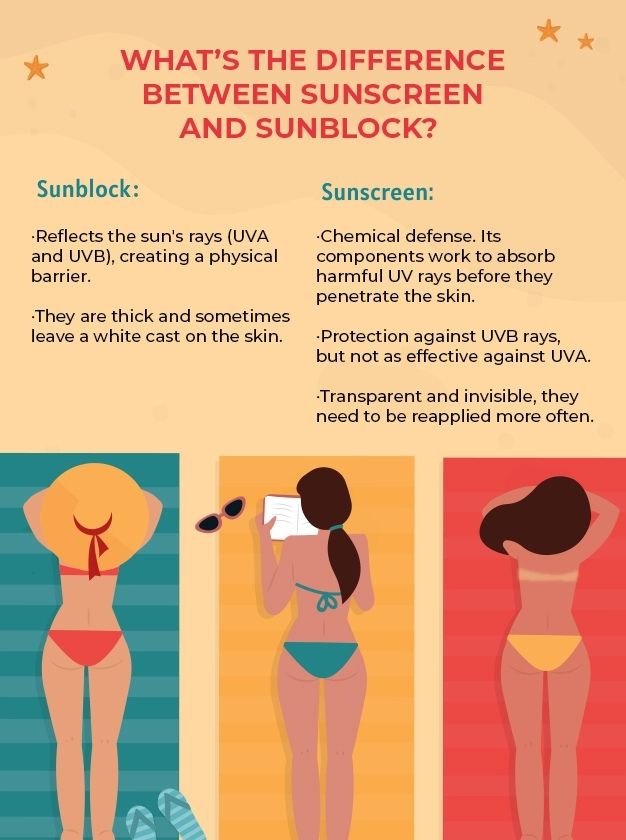
Caring for the environment AND your skin? Of course, it can be done!
First things first: protecting the ozone layer
As we already mentioned, this invisible barrier has been weakened over the years. Surprisingly, in 2016 and with the help of the Montreal Protocol, evidence showed that the ozone layer is slowly recovering! Here are some tips that you probably already knew but are worth keeping in mind…
- Be aware of the use of your car
- Plant a tree
- Clean your house with non-corrosive products (some can be substituted for vinegar and even bicarbonate)
Corals, protected areas under threat: what is coral bleaching?
Biodegradable sunblock
Being responsible consumers is all about really knowing what you’re buying: let’s read some labels! If your sunblock has one of these components, it’s not 100% biodegradable (although the lower the percentage, the better):
- Oxybenzone/Benzophenone
- Octocrylene
- Hexyldecanol
- Methyl Paraben
- Propyl Paraben
- Polyethylene
- Butyl Paraben
- Benzyl Paraben
- Cetyl dimethicone
- Butylcarbamate
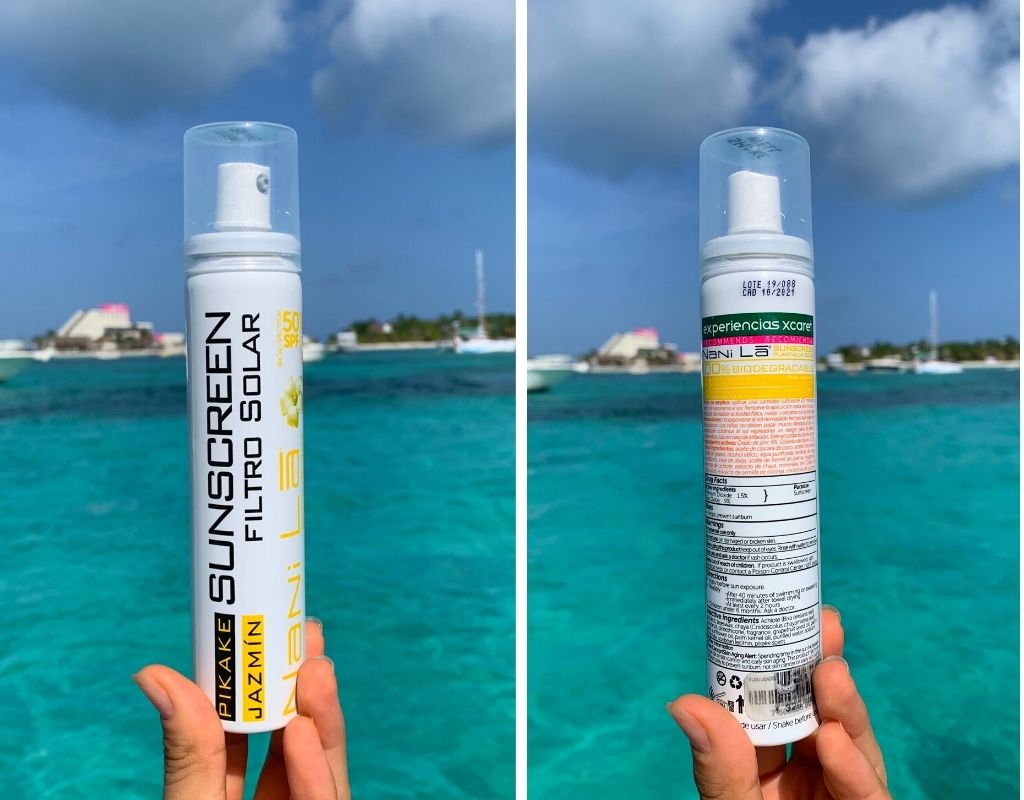
“But I’m not going to swim, it doesn’t matter if it’s biodegradable or not'
The product might still reach our water bodies (oceans, subsoil, etc.), when you remove it by taking a shower, so it never hurts to choose these products.
“Will the biodegradable option be as effective as my conventional sunscreen?”
Yes, most have SPF 50+. Really the only visible difference is that (as we established in the sunblock definition), it can leave a white cast on the skin and take a bit longer to properly spread. What is also said about these products is that they are a little more expensive (sadly there’s not as much demand yet), but I assure you that environmental deterioration comes with a bigger price. Our corals will thank you for choosing their protection over aesthetics.
Other alternatives and recommendations
- Consider wearing a long sleeve T-shirt or ‘rash’, these are the most eco-friendly sun protection options
- You could avoid exposing yourself to the sun at risky hours: between 12 and 16 h the sun is at its highest point
- Drink plenty of water before, during and after sun exposure, whether you’re thirsty or not
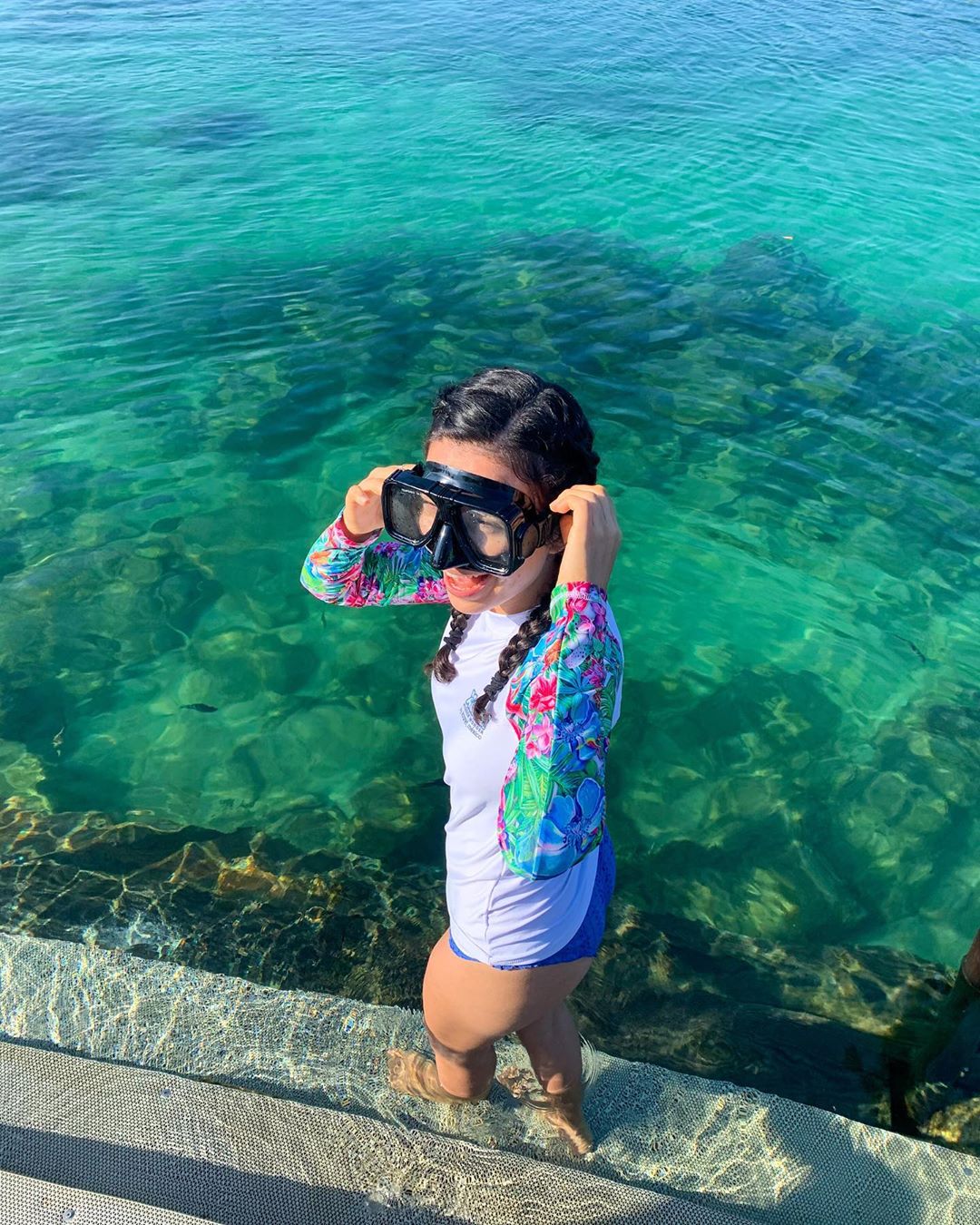
It may seem that we’ve made your trip to the beach a very complex process, but it’s just one more way of respecting this beloved space. We invite you to enjoy the natural wonders of the Riviera Maya, under this new mentality.
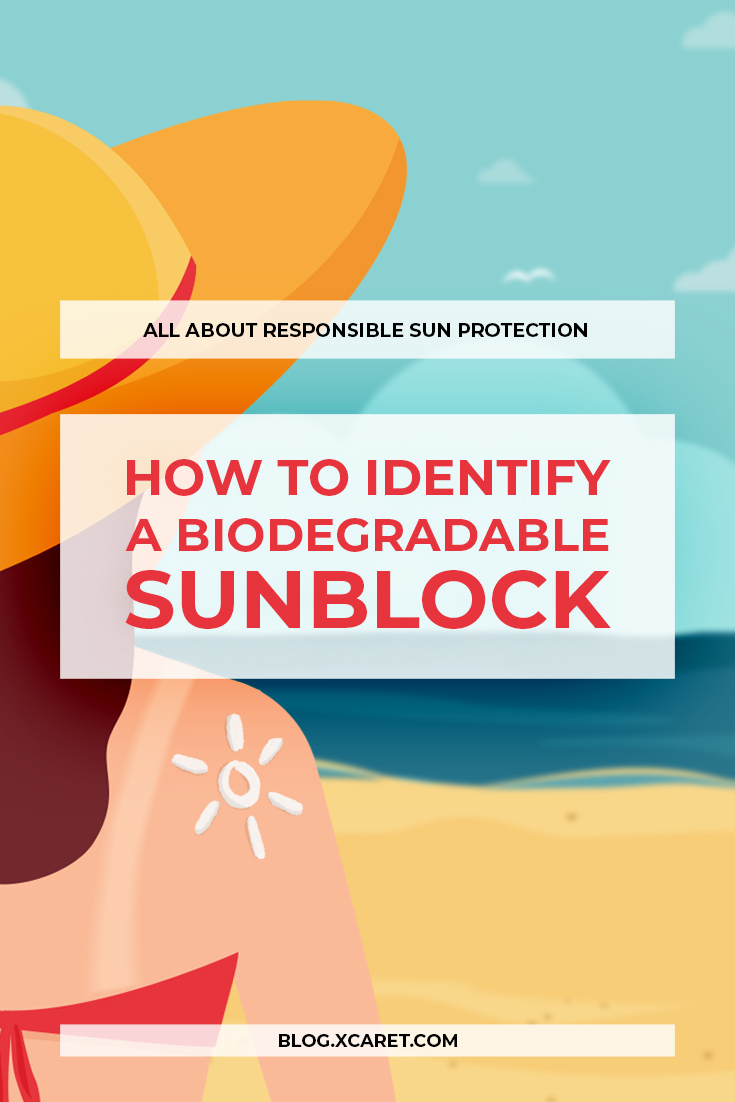
Would you consider using biodegradable sun protection?

Nacida en el paraíso. Apasionada por contar historias, el teatro, la danza y el arroz con leche de m...

Posts Relacionados
Grupo Xcaret
Hotels






